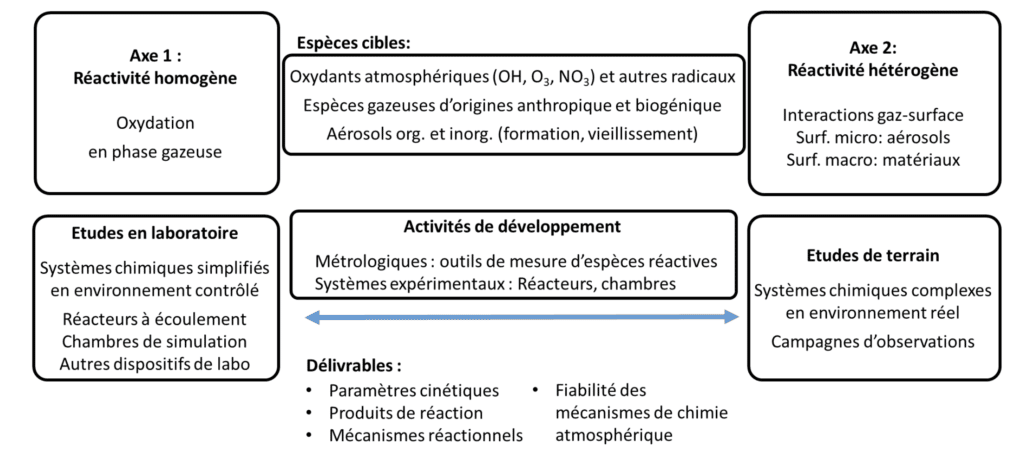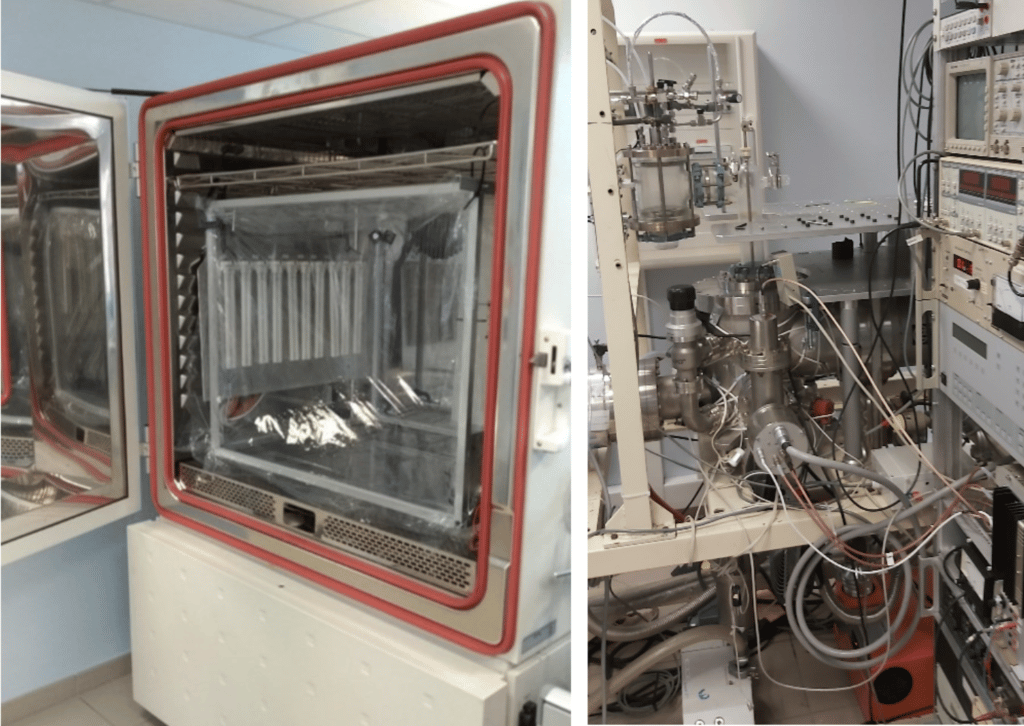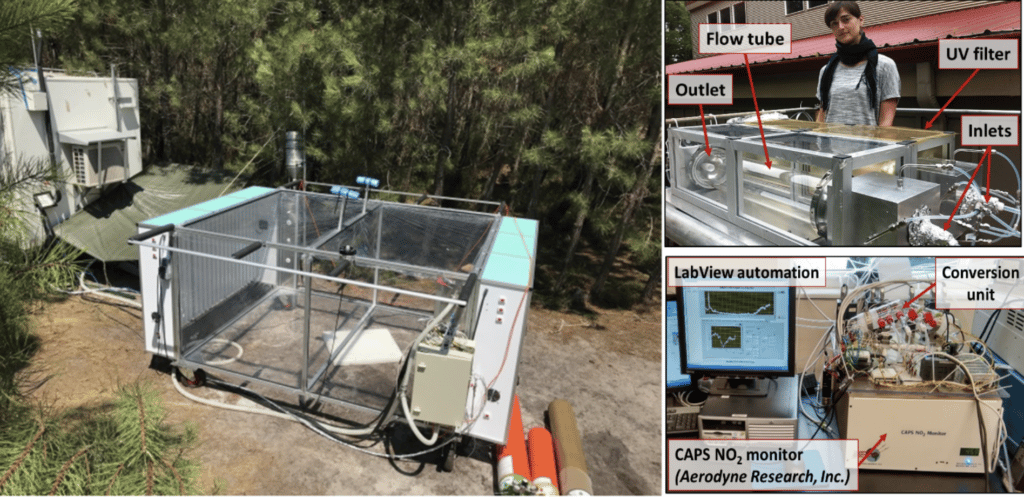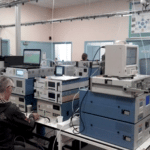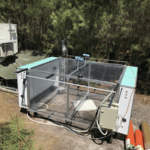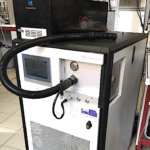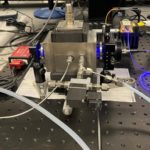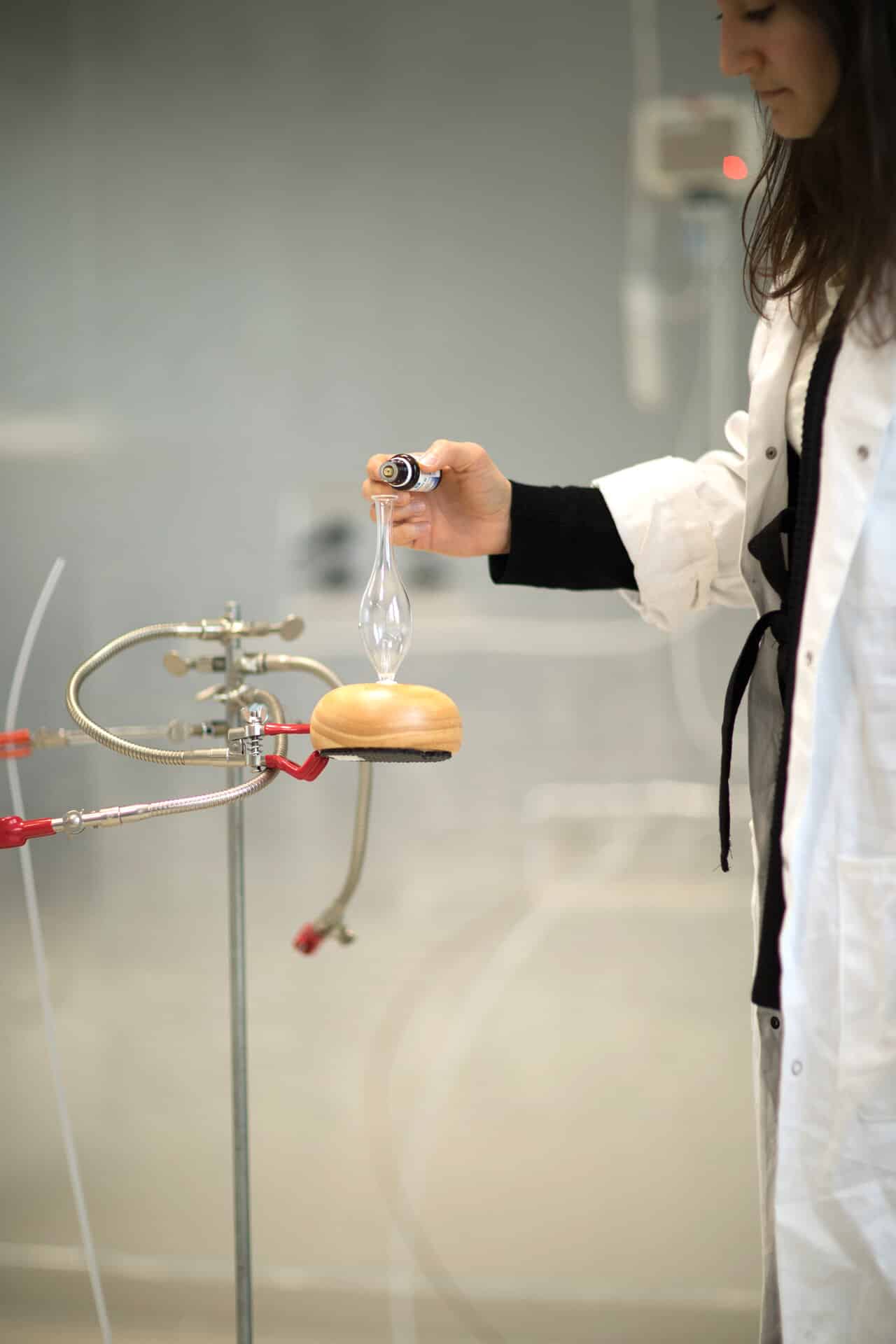
Homogeneous and Heterogeneous Reactivity
Energy Environment
PROJECTS
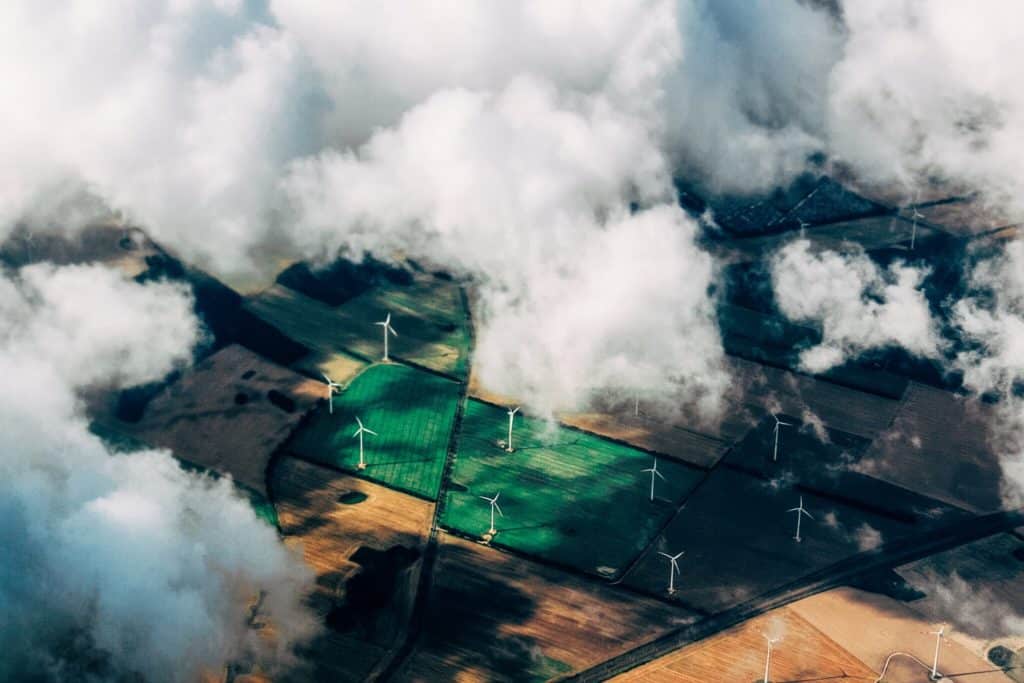
Labex CaPPA
Labex CaPPA
Laboratory of Excellence on “Chemical and Physical Properties of Aerosols” (Labex CaPPA) The CaPPA laboratory of excellence won the second wave of the “Laboratories of Excellence” call for projects (2012) of the French Investments for the Future Program (PIA). It…
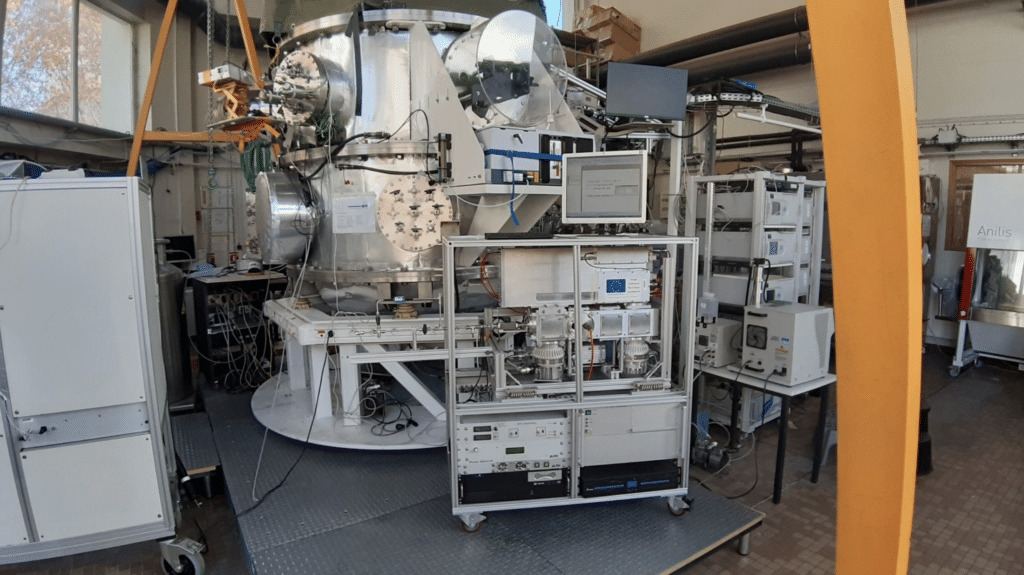
UNREAL
UNREAL
The UNREAL Project: Unveiling Nucleation mechanism in aiRcraft Engine exhAust and its Link with fuel composition (UNREAL) The UNREAL project aims to conduct molecular level studies on the various new particle formation mechanisms in engine exhaust from aircraft using different…
Want to learn more about
"Homogeneous and Heterogeneous Reactivity" ?
Our teams at the IMT Nord Europe research centres are here to help
CONTACT US

